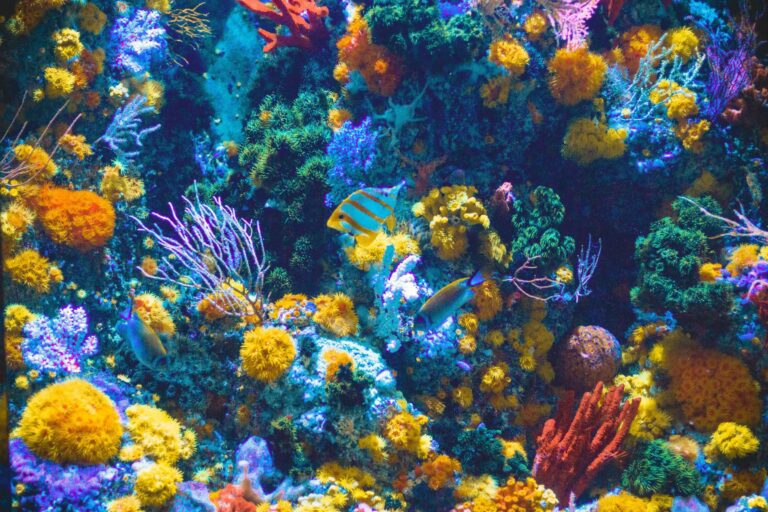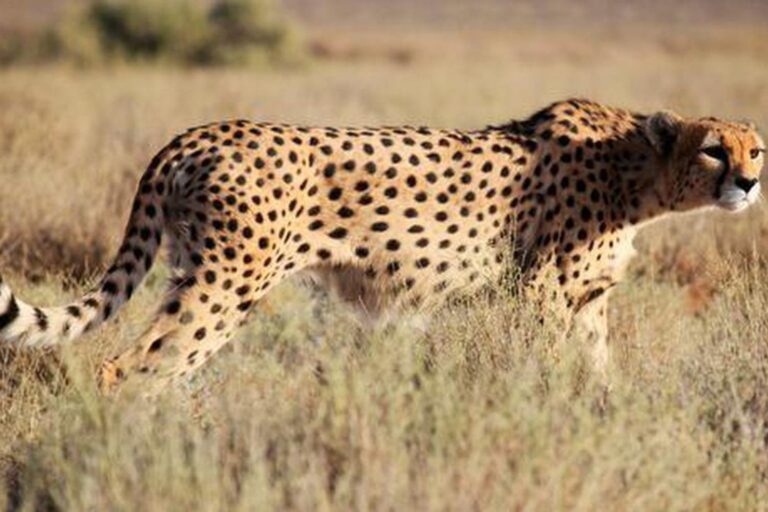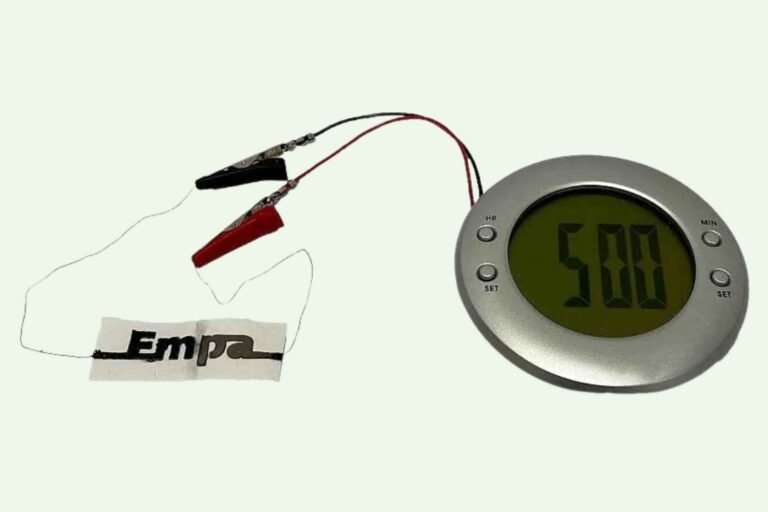It’s Monday and that means it’s time for a look back at the latest sustainability news stories doing the rounds!
As always, we focus on the positive and the stories that give us all hope for the future, after all, what’s the point of wasting energy on negativity?
Our first story comes from Australia where the Australian Institute of Marine Science (AIMS) found that two-thirds of Australia’s Great Barrier Reef was at its highest growth level in nearly 40 years.
The reef has been decimated by climate change.
The destructive coral bleaching caused by rising sea temperatures had grown in frequency and intensity, depleting the bright (and essential) underwater ecosystem of its life and colour.
Yet in the latest research, positive signs of recovery can be seen in the critical undersea habitat’s northern and central regions.
It’s encouraging to see that, with adequate protection, the reef could eventually make a full return.
Senior AIMS researcher, Mike Emslie said that these findings demonstrate how the reef “is still vibrant and still resilient, and it can bounce back from disturbances if it gets the chance.”
That’s certainly great news and shows the resiliency of the natural world – if we give it a chance it will recover – that’s why every single step we take toward a more sustainable lifestyle counts!

Our next happy news story comes from the second most populous country and wettest inhabited place in the world, India where indigenous cheetahs have been extinct since 1952.
The big cats did, however, ultimately made it back to the nation last week.
A group of cheetahs were relocated from South Africa and Namibia to India as part of a large-scale conservation initiative.
It represents the first attempt to transport a large carnivore between continents to release it back into the wild.
India wants to reintroduce cheetahs to several of its national parks and reserves over the next few years.
The big cats have now been quarantined for a month in a fenced area inside India’s biggest national park.
Once the quarantine period has finished, they will be released and able to roam freely in the 115,000 hectare national reserve.
The large cats will have enough space and food at Kuno National Park, according to officials, who are confident of the success of the project.
India also plans to import 50 to 60 more cheetahs over the next five to six years to restore them to parks and reserves across the nation.
The introduction of cheetahs from Africa will likely result in hybridization among the local population, but it will also prevent the extinction of these creatures.
“Completing 75 glorious years of Independence with the restoration of the fastest terrestrial flagship species, the cheetah, in India, will revive the biological dynamics of the landscape,” tweeted Bhupender Yadav, India’s environment minister.
This is great news and shows that governments across the globe are starting to accept their responsibility to protect our finely balanced ecosystem that relies on apex predators to keep things in check.

Our final story of the week comes from Switzerland where researchers have designed a paper battery with a water switch that can be used to power electronics.
The paper battery was successfully tested by attaching two of them to the digital display of an alarm clock at the Swiss Federal Laboratories for Materials Science and Technology (EMPA).
The battery took 20 seconds to begin working after being activated by two drops of water and continued to power the display for an hour until it began to dry up.
In comparison to an AA battery, the paper power source produced a maximum stable voltage of 1.2 volts as opposed to 1.5.
The battery uses Zinc and paper to work and because both are biodegradable, the team in Switzerland think that the battery could significantly reduce the environmental impact of electronics.
Devised by Gustav Nyström and his team, the scientist said he was excited that their new batter could eventually ‘minimize the environmental impact of disposable, low-power electronics’.
Current batteries if not properly disposed of and recycled will corrode, leaking out the chemical contained in them which contaminate groundwater and impact negatively on our ecosystems, so this is a real step in the right direction and fills us with hope for the future!

If you liked today’s news, please feel free to share it and if you haven’t already joined the Play It Green community, please use the form below to find out more!











